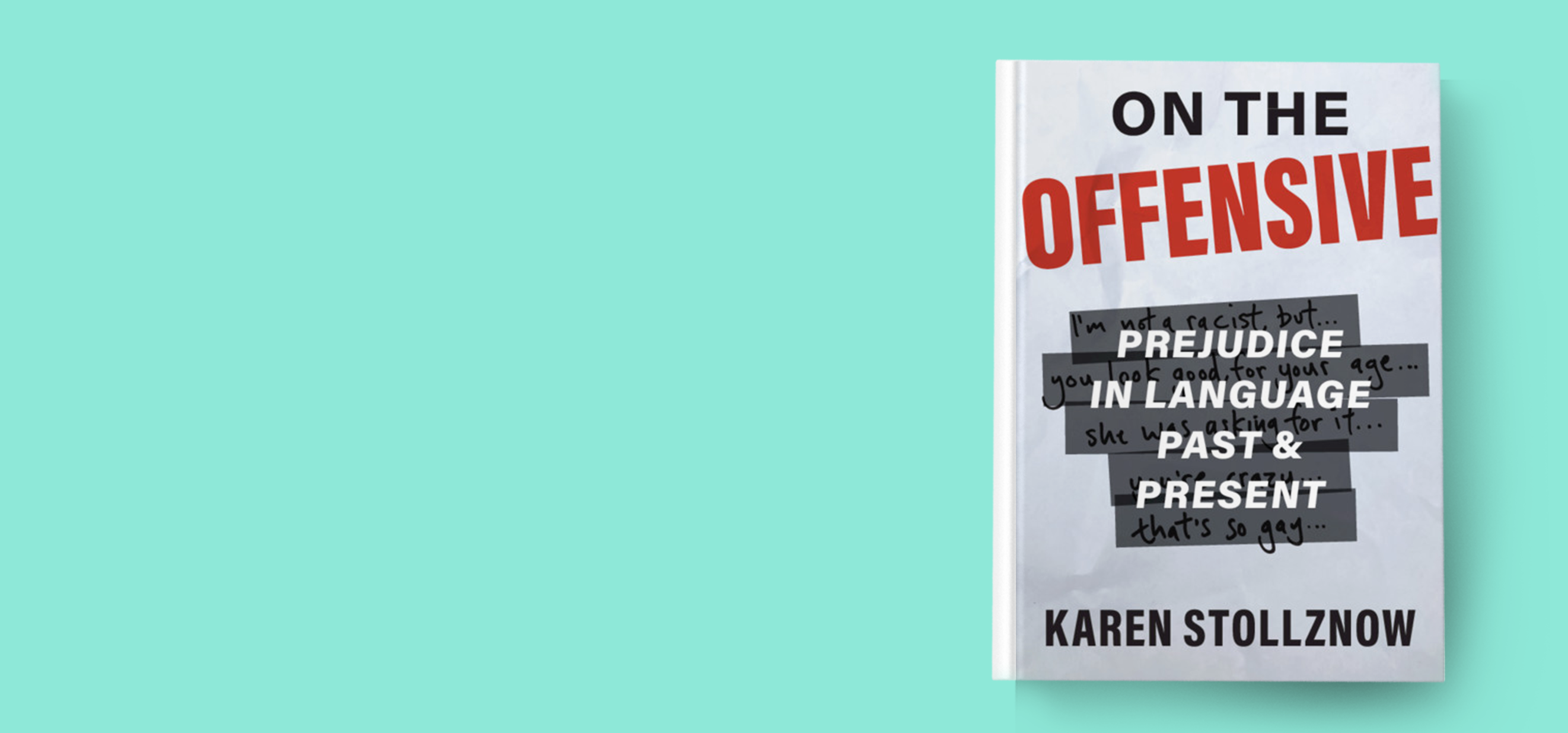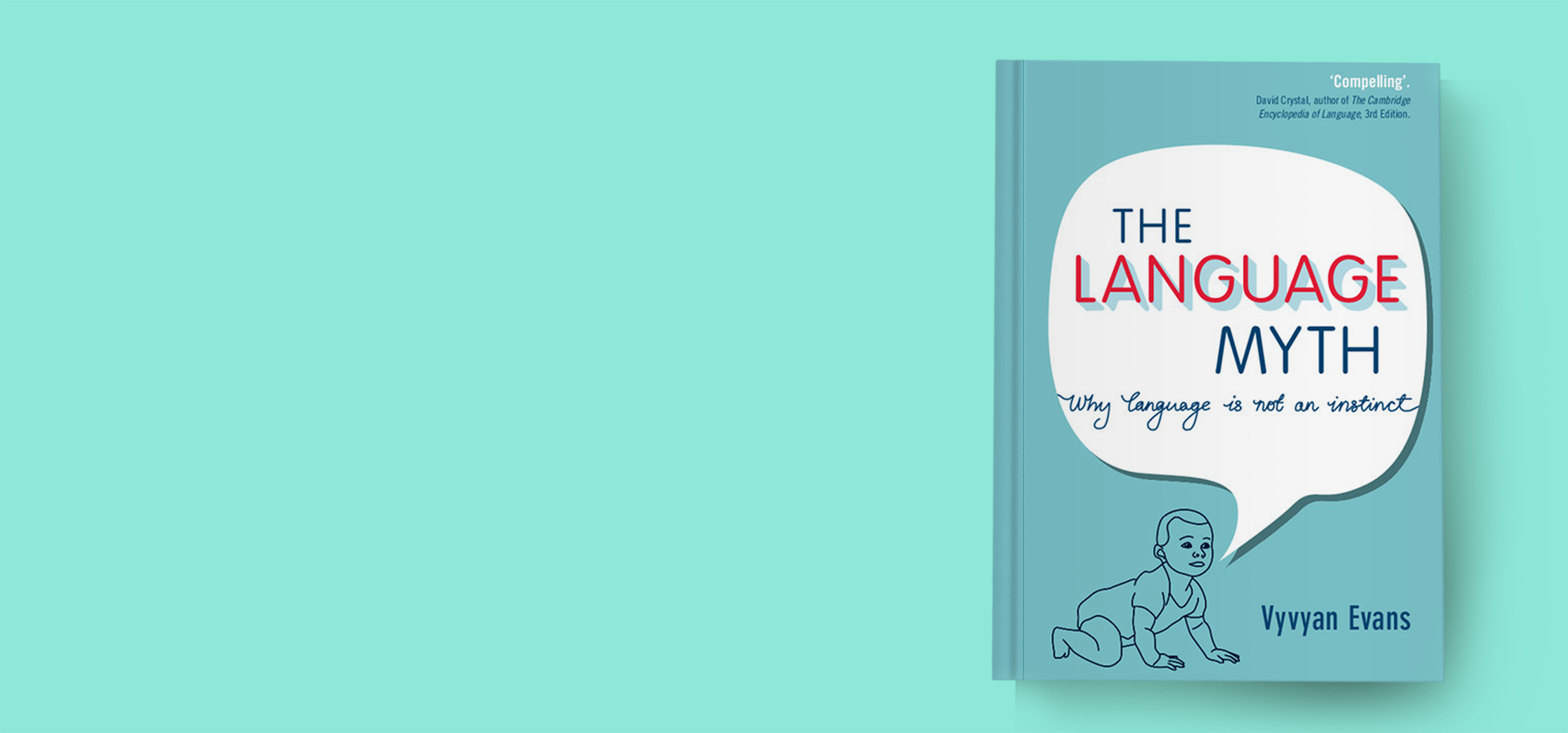Words at your fingertips: Cambridge books exploring language
Words at your fingertips: Cambridge books exploring language
21 February 2024
By Rosalind Moran

Communication and language are at the heart of education, making them integral to Cambridge’s work.
Cambridge is an expert in English language teaching and testing, and a leading publisher of books surrounding languages and linguistics.
This International Mother Language Day – 21 February – we are highlighting a selection of high-impact Cambridge books that explore language and its place in our world.
What’s in a word? It’s time to find out.
The Long Journey of English: A Geographical History of the Language
by Peter Trudgill
English is one of the most widely spoken languages in the world, with native-speaking communities all across the Earth. However, just three thousand years ago, the language which became English was not spoken anywhere in Britain. Peter Trudgill, one of the foremost authorities on the English language, takes us on a remarkable journey through the history of English to show how it grew to become the global phenomenon that we know today. Over ten short, easily digestible chapters, he traces its development and global spread, starting with the earliest genesis of English five thousand years ago; exploring its expansion in the British Isles; and finishing with an overview of how the language looks today, including its use in an increasingly digital world. Particular attention is paid to the native-speaker varieties of English from all around the world, and the relationship between colonial varieties of English and indigenous languages.
Image captions

Purrieties of Language: How We Talk about Cats Online
by Edith Podhovnik
After conquering the Internet, cats are now taking on linguistics! Since the advent of social media, cats have become a topic central to online communication, and the multitude of cat-related accounts now online has made this a worldwide phenomenon. Through cat-inspired varieties of language, we have developed a genre of cat-inspired vocabulary – and on our special social media accounts for our cats, we take on their identities as we post, write, talk, and chat. This innovative book provides linguistic analyses of the cyber ‘Cativerse’, exploring online language variation and explaining key linguistic concepts – all through the lens of cat-related communication. Each chapter explores a different sociolinguistic phenomenon, drawing on fun and engaging examples including memes, hashtags, captions and ‘LOLcats’, across platforms including Instagram, Facebook, and YouTube. Innovative yet accessible, this book is catnip for all ‘hoomans’ interested in how language is used online.
Image captions

How to Talk Language Science with Everybody
by Laura Wagner and Cecile McKee
Do you want to talk about the linguistic research that you think is important, but you don't know where to start? Language is a topic that is relevant to everyone, and linguists are often asked to speak publicly about their research, to a range of lay audiences in the media, politics, festivals and fairs, schools, museums and public libraries. However, relaying this vital information in an engaging way can often feel like an insurmountable task. This accessible guide offers practical advice on how to talk about language to a range of non-academic audiences. It draws on the linguistics behind effective communication to help you have cooperative conversations, and to organise your information for a diverse range of people. It is illustrated with a wealth of examples from real-life scenarios, and includes chapter-by-chapter worksheets, enabling you to make your own fun and interesting language science activities to share with others.
Image captions

Bitch: The Journey of a Word
by Karen Stollznow
Bitch is a bitch of a word. It used to be a straightforward insult, but today—after so many variations and efforts to reject or reclaim the word—it's not always entirely clear what it means. Bitch is a chameleon. There are 'good' bitches and 'bad bitches'; 'sexy bitches' and 'psycho bitches'; 'boss bitches' and even 'perfect bitches'. This eye-opening deep-dive takes us on a journey spanning a millennium, from its humble beginnings as a word for a female dog through to its myriad meanings today, proving that sometimes you can teach an old dog new tricks. It traces the colourful history and ever-changing meaning of this powerful and controversial word, and its relevance within broader issues of feminism, gender, race and sexuality.
Image captions

On the Offensive: Prejudice in Language Past and Present
by Karen Stollznow
I'm not a racist, but… You look good, for your age… She was asking for it… You're crazy… That's so gay… Have you ever wondered why certain language has the power to offend? It is often difficult to recognise the veiled racism, sexism, ageism (and other –isms) that hide in our everyday discourse. This book sheds light on the derogatory phrases, insults, slurs, stereotypes, tropes and more that make up linguistic discrimination. Each chapter addresses a different area of prejudice: race and ethnicity; gender identity; sexuality; religion; health and disability; physical appearance; and age. Drawing on hot-button topics and real-life case studies, and delving into the history of offensive terms, a vivid picture of modern discrimination in language emerges. By identifying offensive language, both overt and hidden, past and present, we uncover vast amounts about our own attitudes, beliefs and values and reveal exactly how and why words can offend.
Image captions

by Claire Kramsch
Language is not simply a tool for communication – symbolic power struggles underlie any speech act, discourse move, or verbal interaction, be it in face-to-face conversations, online tweets or political debates. This book provides a clear and accessible introduction to the topic of language and power from an applied linguistics perspective. It is clearly split into three sections: the power of symbolic representation, the power of symbolic action and the power to create symbolic reality. It draws upon a wide range of existing work by philosophers, sociolinguists, sociologists and applied linguists, and includes current real-world examples, to provide a fresh insight into a topic that is of particular significance and interest in the current political climate and in our increasingly digital age. The book shows the workings of language as symbolic power in educational, social, cultural and political settings and discusses ways to respond to and even resist symbolic violence.
Image captions

The Babel Lexicon of Language
by Dan McIntyre, Lesley Jeffries, Matt Evans, Hazel Price, and Erica Gold
What's the word that describes the process of making supportive noises when you're listening to someone? What is syntax and how does it differ from grammar? Do you know what a morpheme is? And did you know that it's not only an atom that has a nucleus? The Babel Lexicon of Language is an entertaining and accessible introduction to the key terminology involved in the study of language. It defines over 500 terms and uses contemporary language examples, explaining complex issues in an easy-to-understand way. Written by the expert editorial team behind Babel, the popular language magazine, and assuming no prior knowledge of linguistics, The Babel Lexicon of Language is an invaluable resource for students, teachers and anyone with an interest in language.
Image captions

The Emoji Revolution: How Technology is Shaping the Future of Communication
by Philip Seargeant
Where have emoji come from? Why are they so popular? What do they tell us about the technology-enhanced state of modern society? Far from simply being an amusing set of colourful little symbols, emoji are in the front line of a revolution in the way we communicate. As a form of global, image-based communication, they're a perfect example of the ingenuity and creativity at the heart of human interaction. But they're also a parable for the way that consumerism now permeates all parts of our daily existence, taking a controlling interest even in the language we use; and of how technology is becoming ever more entangled in our everyday lives. So how will this split-identity affect the way that online communication develops? Are emoji ushering in a bold new era of empathy and emotional engagement on the internet? Or are they a first sign that we're handing over the future of human interaction to the machines?
Image captions

The Language Myth: Why Language Is Not an Instinct
by Vyvyan Evans
Language is central to our lives, the cultural tool that arguably sets us apart from other species. Some scientists have argued that language is innate, a type of unique human 'instinct' pre-programmed in us from birth. In this book, Vyvyan Evans argues that this received wisdom is, in fact, a myth. Debunking the notion of a language 'instinct', Evans demonstrates that language is related to other animal forms of communication; that languages exhibit staggering diversity; that we learn our mother tongue drawing on general properties and abilities of the human mind, rather than an inborn 'universal' grammar; that language is not autonomous but is closely related to other aspects of our mental lives; and that, ultimately, language and the mind reflect and draw upon the way we interact with others in the world. Compellingly written and drawing on cutting-edge research, The Language Myth sets out a forceful alternative to the received wisdom, showing how language and the mind really work.
Image captions

You Can't Always Say What You Want: The Paradox of Free Speech
by Dennis Baron
The freedom to think what you want and to say what you think has always generated a pushback of regulation and censorship. This raises the thorny question: to what extent does free speech actually endanger speech protection? This book examines today's calls for speech legislation and places it into historical perspective, using fascinating examples from the past 200 years, to explain the historical context of laws regulating speech. Over time, the freedom to speak has grown, the ways in which we communicate have evolved due to technology, and our ideas about speech protection have been challenged as a result. Now more than ever, we are living in a free speech paradox: powerful speakers weaponize their rights in order to silence those less-powerful speakers who oppose them. By understanding how this situation has developed, we can stand up to these threats to the freedom of speech.
Image captions

Life and Language Beyond Earth
by Raymond Hickey
Have you ever wondered whether we are alone in the universe, or if life forms on other planets might exist? If they do exist, how might their languages have evolved? Could we ever understand them, and indeed learn to communicate with them? This highly original, thought-provoking book takes us on a fascinating journey over billions of years, from the formation of galaxies and solar systems, to the appearance of planets in the habitable zones of their parent stars, and then to how biology and, ultimately, human life arose on our own planet. It delves into how our brains and our language developed, in order to explore the likelihood of communication beyond Earth and whether it would evolve along similar lines. In the process, fascinating insights from the fields of astronomy, evolutionary biology, palaeoanthropology, neuroscience and linguistics are uncovered, shedding new light on life as we know it on Earth, and beyond.
Image captions

For more books published by Cambridge University Press, visit the Bookshop website.
Words at your fingertips: Cambridge books exploring language
This International Mother Language Day – 21 February – we are highlighting a selection of high-impact Cambridge books that explore language and its place in our world.


